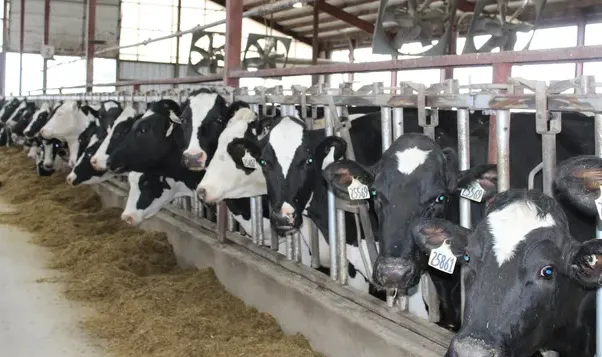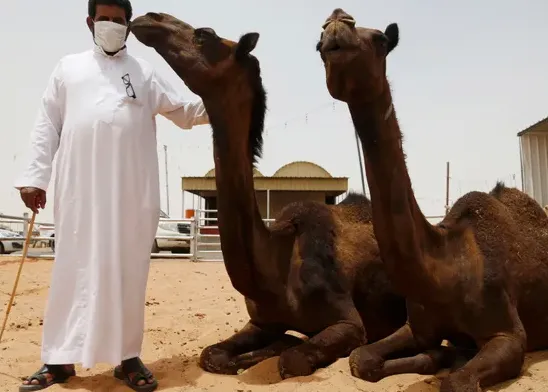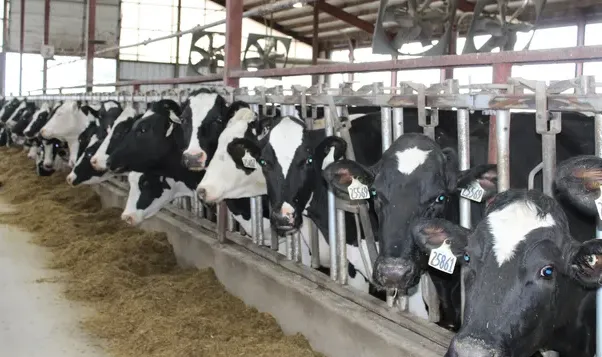The Persistent Threat of Zoonotic Diseases: Lessons from the Pandemic and Policy Recommendations

The Persistent Threat of Zoonotic Diseases: Lessons from the Pandemic and Policy Recommendations
In the wake of the COVID-19 pandemic, experts emphasize that the risk of diseases crossing from animals to humans remains a pressing concern. A comprehensive study conducted by Harvard Law School and New York University highlights the need for proactive measures to prevent future pandemics. The research, spanning 15 countries, reveals significant vulnerabilities in our interactions with animals that could potentially lead to the next global health crisis.

Understanding Zoonotic Disease Risks
The study underscores that zoonotic diseases—those transmitted from animals to humans—are not a new phenomenon. Historical examples include smallpox, HIV/AIDS, and more recent outbreaks like monkeypox. The rise in such diseases is linked to increased human-animal interactions driven by climate change, urban expansion, and global travel.

According to Ann Linder, lead author of the report and associate director of policy and research at Harvard Law School’s Animal Law & Policy Program, focusing on reactive measures after an outbreak occurs is insufficient. “Pathogens are incredibly tiny and highly contagious. By the time you realize an outbreak is happening, it may have already spread beyond containment,” she explains.
Identifying High-Risk Areas
The report identifies numerous risky animal-human interactions in the U.S., including:
- Exotic Pet Trade
- Live Animal Markets
- Bat Guano Harvesting
- Guinea Pig and Ferret Farming
- Coyote and Fox Urine Production
- Roadside Zoos
- Animal Fighting
- Fur Farming
- Commercial Farming
These activities create numerous opportunities for viruses to jump from animals to humans, potentially leading to new outbreaks.

Policy Recommendations for Prevention
The researchers advocate for preventive policy changes to mitigate these risks. Recommended measures include:
- Enhanced Regulation of Animal Markets: Implement stricter controls and monitoring to prevent the spread of pathogens.
- Improved Public Health Protections: Strengthen safeguards across the livestock and wildlife industries.
- Sustainable Agricultural Practices: Promote methods that reduce environmental and health risks.
Dr. W. Ian Lipkin, a renowned epidemiologist, emphasizes the need for better practices in both research laboratories and wet markets to prevent zoonotic spillovers. His work in Saudi Arabia demonstrated that simple measures, like using high-pressure hoses to clean meat, can significantly reduce the risk of disease transmission.
Industry Pushback and the Importance of Regulation
The mink farming industry, identified as a high-risk area in the report, disputes the claims about its safety. Mink farmers argue that they adhere to strict biosecurity standards and have actively participated in developing vaccines for SARS-CoV-2. However, the report’s findings suggest that more robust regulation could further mitigate risks associated with such industries.
The Concept of One Health
The concept of One Health emphasizes the interconnectedness of human, animal, and environmental health. Protecting animals and the environment is crucial for safeguarding human health. This approach supports policies that balance food security, economic considerations, and health risks.
Organizations like Mercy for Animals advocate for practices that minimize zoonotic risks, such as avoiding the use of sick animals in the food supply and ensuring proper handling and processing of livestock.
Moving Forward
To prevent future pandemics, it is essential to focus on proactive measures and policy changes that address the root causes of zoonotic disease transmission. By improving regulations, adopting sustainable practices, and enhancing our understanding of these risks, we can reduce the likelihood of another global health crisis.



